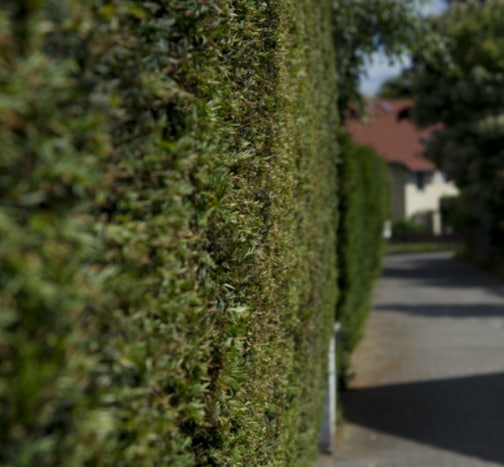Introduction: Pruning plays a vital role in maintaining deciduous trees’ health, shape, and aesthetics. One effective pruning strategy is to perform it during the dormant season, typically in late winter or early spring when the tree is leafless. This blog post will explore the advantages and techniques of pruning deciduous trees during their dormant phase.

Advantages of Dormant Season Pruning:
- Enhanced Visibility: The tree’s structure and branching patterns are more visible without leaves. This makes identifying and removing dead or diseased branches easier, providing a clearer view of the tree’s overall health.
- Reduced Stress: Pruning during dormancy minimises the stress on the tree. Since it’s not actively growing or expending energy on foliage, it can allocate resources more efficiently to wound healing and recovery.
- Disease and Pest Management: Removing dead or diseased branches in the dormant season helps prevent the spread of pathogens and reduces the risk of insect infestations, as pests are less active during this time.
- Shape and Structure: Pruning in winter allows for precise shaping and structural improvements. Thinning and crown reduction can be performed more accurately, resulting in a healthier, more balanced tree.
Techniques for Dormant Season Pruning:
- Identify Dead or Diseased Branches: Start by inspecting the tree for dead, diseased, or damaged branches. These should be your primary targets for removal.
- Thinning: Thinning involves removing select branches to improve air circulation and sunlight penetration within the canopy. This technique reduces the risk of disease and promotes overall tree health.
- Crown Reduction: If the tree has grown too tall or wide for its surroundings, crown reduction can be performed. This involves carefully removing upper branches to reduce the tree’s height and spread while maintaining its natural shape.
- Cleaning: Cleaning removes small, weak, or crossing branches to promote a healthier and more stable tree structure.
- Pruning Cuts: Use proper pruning cuts to minimise damage and aid healing. Make cuts outside the branch collar, avoiding leaving stubs or cutting too close to the trunk.
- Branch Size Considerations: Smaller branches can be pruned with hand pruners or loppers, while larger ones may require a pruning saw or chainsaw. Ensure your tools are sharp and well-maintained for clean cuts.
- Safety First: Always prioritise safety when pruning trees. Use appropriate safety gear, and if the tree is too large or poses a risk, consider hiring a certified arborist.
Conclusion: Pruning deciduous trees during the dormant season offers numerous advantages for tree health, structure, and aesthetics. It allows for precise and careful maintenance, reducing the risk of diseases, pests, and stress to the tree. However, proper techniques and safety measures are crucial for dormant season pruning. If you’re unsure or have concerns about pruning your trees, consulting a professional tree care service or certified arborist is a wise choice to ensure the best results for your trees’ long-term health and beauty.
Call us on: 01622 234592
Click here to find out more about Maidstone Tree Care
Click here to complete our contact form and see how we can help with your tree’s needs.